While procedural departments are significant contributors to hospital revenue, ensuring staff are available to perform emergent cases 24/7/365 is a constant challenge. On-call programs are a common staffing solution for off-hours needs, but they can drive significant recruitment and retention challenges. Particularly in small departments, on-call and call-back requirements can be a key driver of the “fatigue factor” for staff.
Read MoreContract Labor is not a Dirty Word: Lessons learned in leveraging contract labor and travelers to ensure the right staff are in the right place at the right time to support excellent quality care to patients.
Read MoreDemand Matching: a data-driven approach to ensuring your staff are in the right place at the right time.
Read MoreThe impact of unavailable staff can lead to overreliance on premium labor and overtime leading to unnecessary labor spend. The hire ahead strategy can help ensure you have the right staff available to provide quality patient care by factoring in historical turnover and recruitment efforts to determine the department’s hire target.
This article walks through the hire-ahead exercise and how you can begin completing this at your facility.
Hospitals establish and manage to productivity targets to ensure that the right number of staff are available to care for patients. Balancing financial, clinical, and operational goals, thoughtful productivity targets ensure the department is not overstaffed or understaffed, supporting operations, quality care, and patient satisfaction with efficiency.
When hospital finance sets productivity budgets, it is very common for department leaders to ask questions like, “Why is this my target?”, “Where did this number come from?”, or “This can’t be right.” “Is this really how my peers are operating?”.
Read MoreTop performing hospital leaders are always searching for innovative ways to reduce the cost of healthcare without adversely impacting care and services provided. Labor spend constitutes over half of total hospital expenses and is widely considered the most controllable expense, leading to employee furloughs and layoffs in the current environment. However, there are alternatives.
Read MoreCapacity management has challenged hospital leaders for many years, as success, or lack thereof, significantly impacts financial strength, quality outcomes, reputation in the community, and satisfaction for patients, staff, and physicians. Now, more than ever, this core competency requires laser precision to maximize appropriate utilization of beds, staff, and services.
Read MoreThe financial aspects of healthcare operations are challenging in the best of times. However, the COVID-19 pandemic has highlighted financial opportunities that previously seemed insignificant in profitable facilities, service lines, and hospital departments. With revenues at an all-time low, leaders across the country are forced to make tough decisions that go beyond suspension of operations, including the discontinuation of services and even facility closure.
Read MoreRevenue degradation experienced due to the COVID-19 pandemic is impacting hospital finances across the country. Suspension of elective surgeries and procedures threatens the viability of many healthcare organizations. Even after suspensions are lifted, it is uncertain if patients will schedule elective surgeries and procedures due to their fear of contracting COVID-19. Healthcare organizations report that Emergency Department and physician visit volumes have also declined as people are complying with stay at home orders throughout the United States. High performing hospitals find themselves looking for opportunities to reduce expenses, even if temporarily, to avoid layoffs and keep doors open to serve their communities.
Read More








